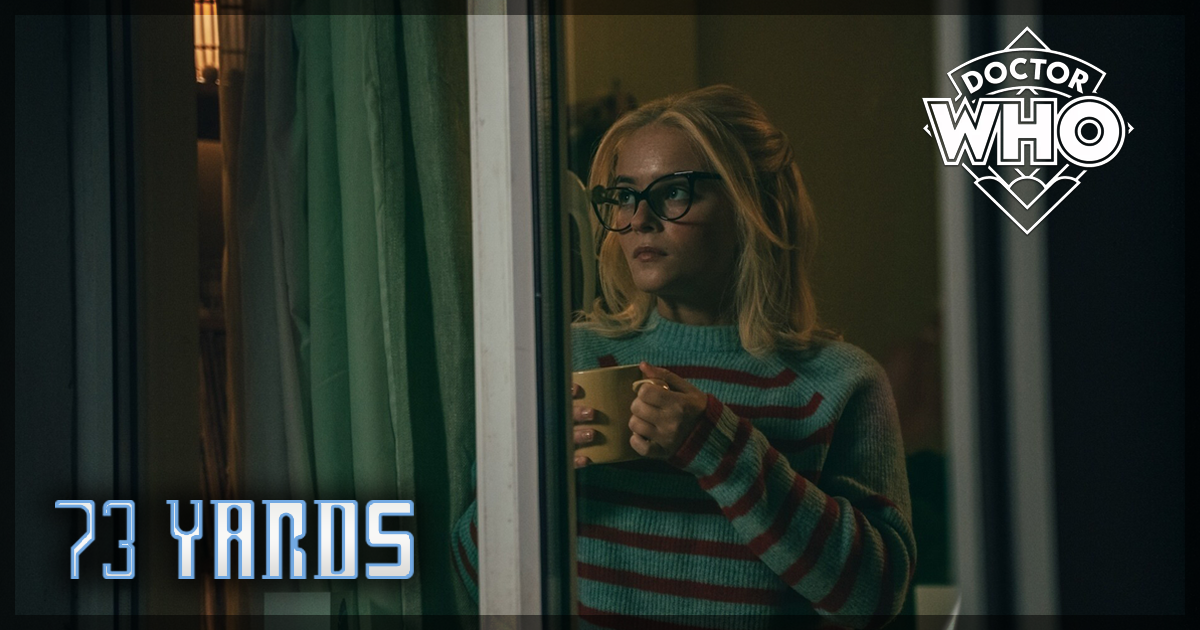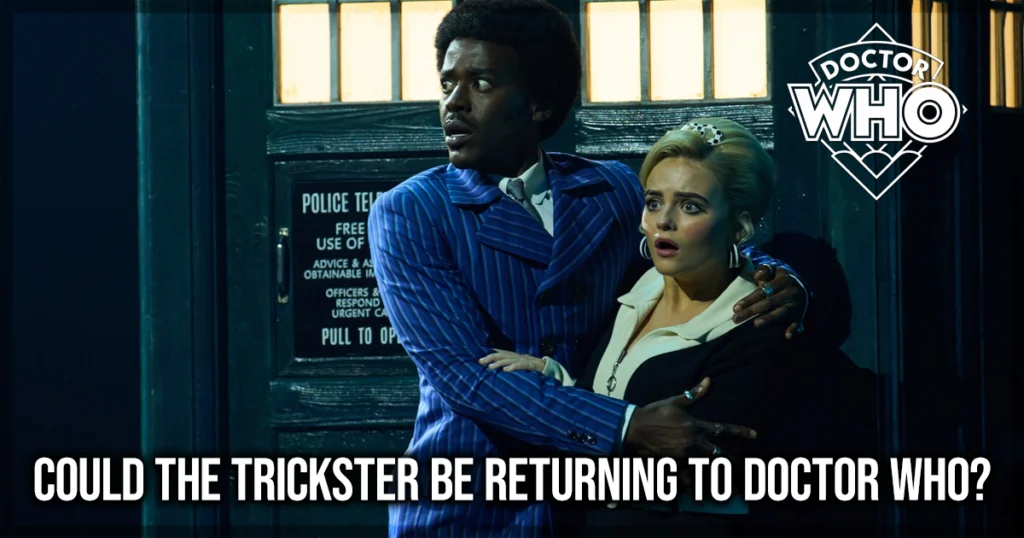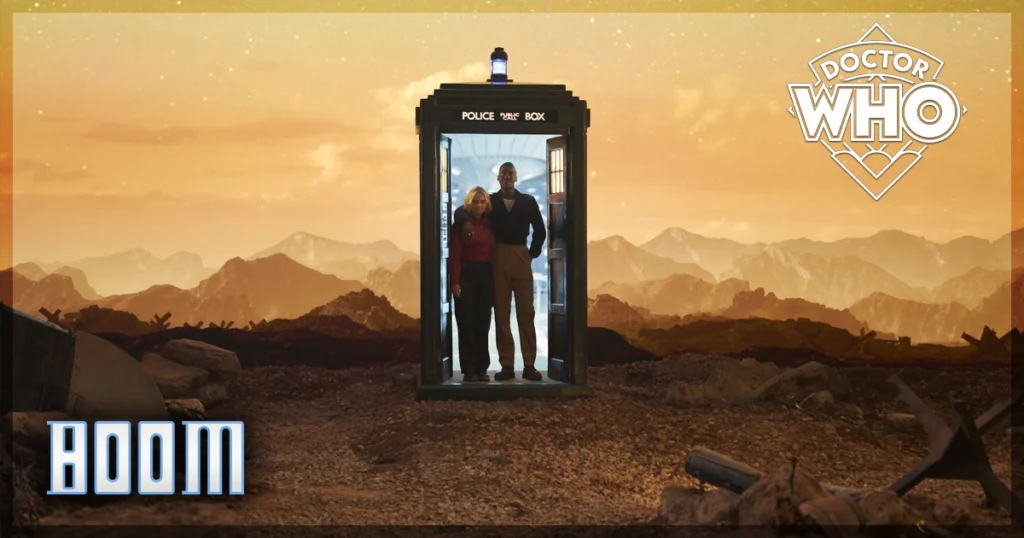For all its mysteries and sci-fi shenanigans, Doctor Who usually has an answer. Whether that is the Bad Wolf arc, references to Torchwood, the scientific mumbo-jumbo that sort-of-but-not-really explains itself. There’s a simplicity to the show in that regard, where you know that answers are coming. That even this current snow ordeal that continues to manifest around Ruby Sunday (Millie Gibson) will find its way to be resolved. It’s a good, easy television show to half glance at, easily digest, and be entertained by. Then the latest episode, 73 Yards, comes around and, by Jove, does it not just remind you of how malleable and brilliant this show can be, especially when it keeps its answers to itself? That the show can go from the bitter indictment of zealots in Boom to 73 Yards, a folk horror turned political satire, in the space of one episode, is a triumph and testament to how limitless the potential is for Doctor Who.
[There are spoilers ahead for Doctor Who: 73 Yards]
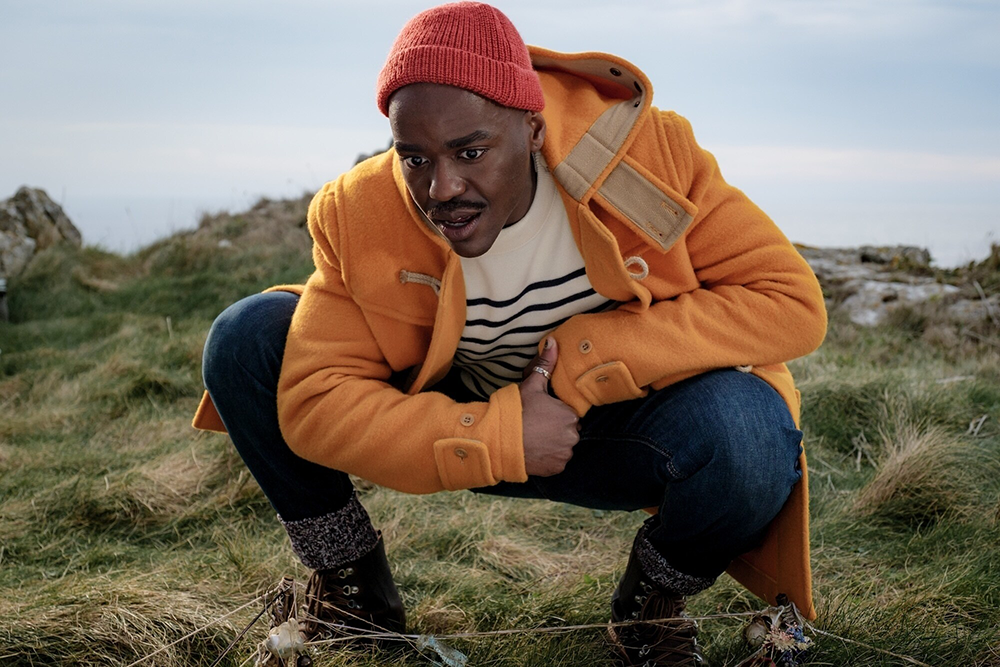
The story of Doctor Who: 73 Yards
On the cliffs of a Welsh town, the TARDIS materializes, and our pragmatic protagonists disembark. Two episodes in a row, the genesis of the plot has been with the Doctor stepping on something – Gatwa’s Doctor is most definitely an impulsive act before you think iteration of the character. The something in question in 73 Yards is a fairy circle. Fairy circles have appeared in the universe of Doctor Who before, in the Torchwood episode Fairies. In that, a child was stolen by fairies for a lifetime of existence as a fairy. The 73 Yards version of a fairy circle is much more sinister in that as the Doctor trods onto the threads, he is seemingly stolen by time, leaving Ruby alone for the first time in the series.
But she is not alone, which makes this episode of Doctor Who the most unnerving episode since Midnight. As the Doctor vanishes, an elderly woman appears, her arms waving like she’s summoning a demon, her face obscured by the 73 yards of distance between them. As a character points out, “Why not go talk to her?” but in horror that feels coded to the likes of It Follows and Halloween, the woman is unapproachable for Ruby, forever staying 73 Yards away. Yet the people who are able to approach them are driven mad, including her mother, who abandons her, and a hiker played by Susan Twist.
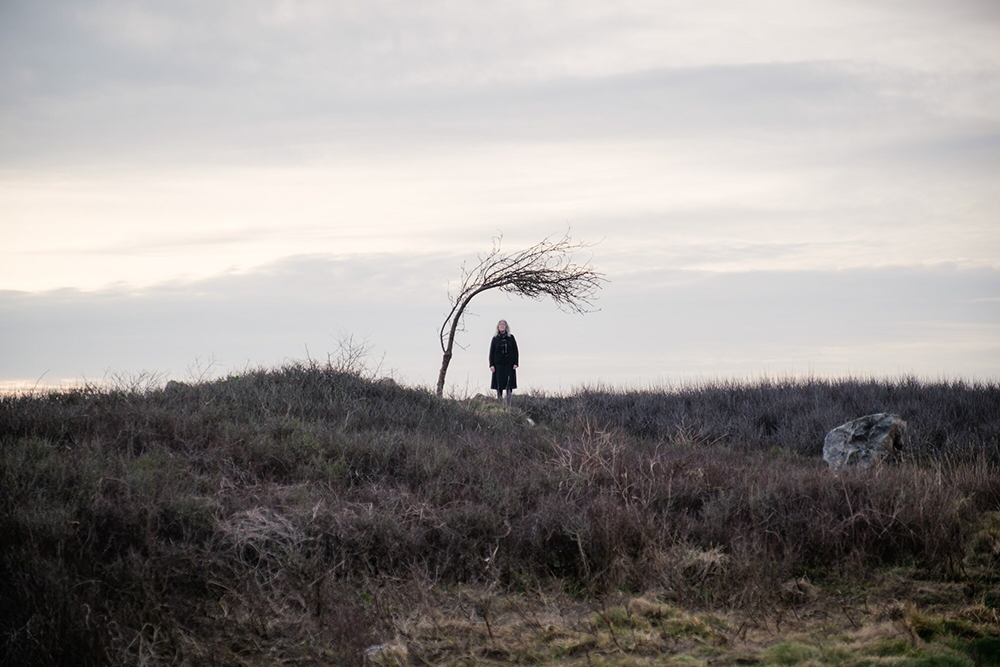
This is a doctor-lite episode in the vein of Turn Left and is finally a chance for Gibson to shine. She handles the challenge of her first adventure without the Doctor relatively well, but there’s something about Gibson’s performance that remains locked away, a confidence that she has yet to muster. It doesn’t help that in a section of the episode, set 20-ish years later when Ruby is supposedly forty years old, the teenager is given no assistance, solely adorned in spectacles and a jumper to resemble her age. It’s strange to have Doctor Who ready to throw (Disney’s) money at a practical costume for the alien Millie in Space Babies, yet give her so little to work with here. It sadly gives too strong of a ‘stage’ impression.
What is quite striking about the episode is that it is so sharply directed by Dylan Holmes Williams – the difficulty in maintaining the antagonist of the episode 73 Yards away at all times must have been a logistical nightmare – that the smaller flaws then find themselves becoming more apparent. The aforementioned stage impression doesn’t end with Ruby’s lack of appropriate costuming but also in the Welsh pub she first visits once the Doctor abandons her.
That the cast has little to do other than rotate in place makes it feel entirely like a stage production rather than what could, and potentially should, be blocked a lot more dynamically. The cast of the pub (which includes Dame Siân Phillips and Maxine Evans) are all game for their own bit of fun, though, playing on the Welsh stereotype that just because they’re not living in a metropolis, they are still living in the ‘dark ages.’ It might be condescending, but this is a wicked little highlight of the episode.
The Political Angle of Doctor Who’s 73 Yards
The political angle that 73 Yards takes is a complete tonal mismatch to the folk horror element, with Russell T Davies seemingly channeling his (really, truly excellent) show Years and Years, but it plays so well with what we know about how the Doctor chooses companions (also, what is scarier than a politician?).
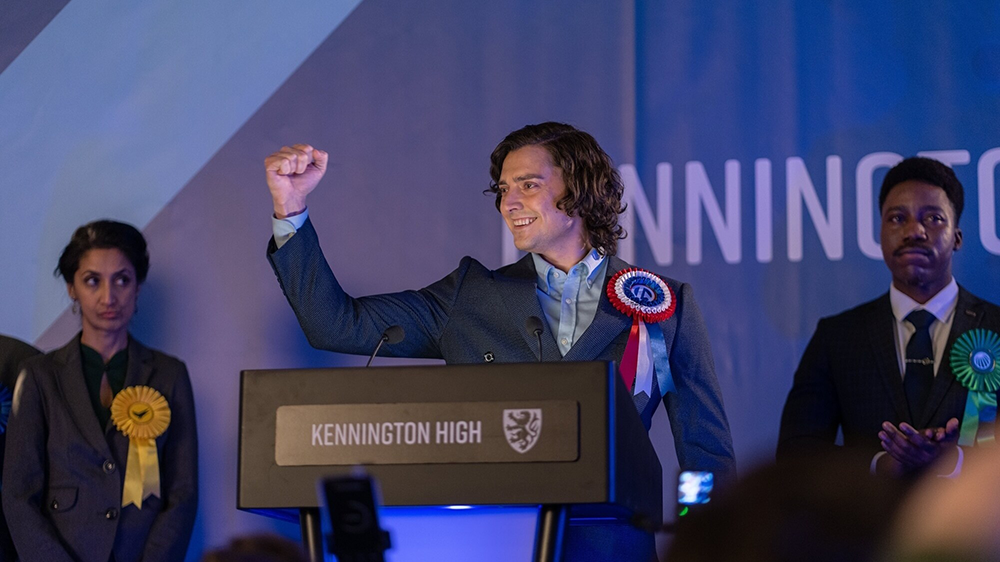
After Ruby is abandoned – an important word for this episode – by everyone, including UNIT, she settles into her life, forced into being content with the banshee-like woman standing, forever just out of focus to Ruby. But she finds purpose in her 40s and realizes that the politician that is all over her screens is the politician that the Doctor has said was the cause of nuclear war, and she tries to prevent him in an attempt to break the spell cast on her by the breaking of the fairy circle.
In the UK’s current political climate, we’re often feeling abandoned by our political representatives. That this episode has dropped mere days after Prime Minister Rishi Sunak announced a general election is the juiciest of coincidences, where Conservative MPs have apparently issued letters of no confidence in their representative. It’s like watching piranhas get a taste for piranha blood. They have cited feeling abandoned, which – for my money – is one of the main themes of this episode.
This episode leaves the exact theme ambiguous, though, as it is up for interpretation as to whatever the symbiotic creature from Midnight is. It appears to be an alternative timeline, where the woman represents the abandonment that Ruby has had constantly lurking over her shoulder from the moment she was left on the church steps as a baby. Or perhaps the woman represents grief. We know grief feels unrelenting, that something about it forever ebbs at our spirit.
But there are no grand, elaborate answers here, in a move unfamiliar to Doctor Who. That it breaks this unwritten rule is what makes the episode stand out. That the show can still dip into genre, break its own boundaries 61 years after its first episode, and come out feeling fresh, is what makes this the best episode of the season so far, minor warts and all.

